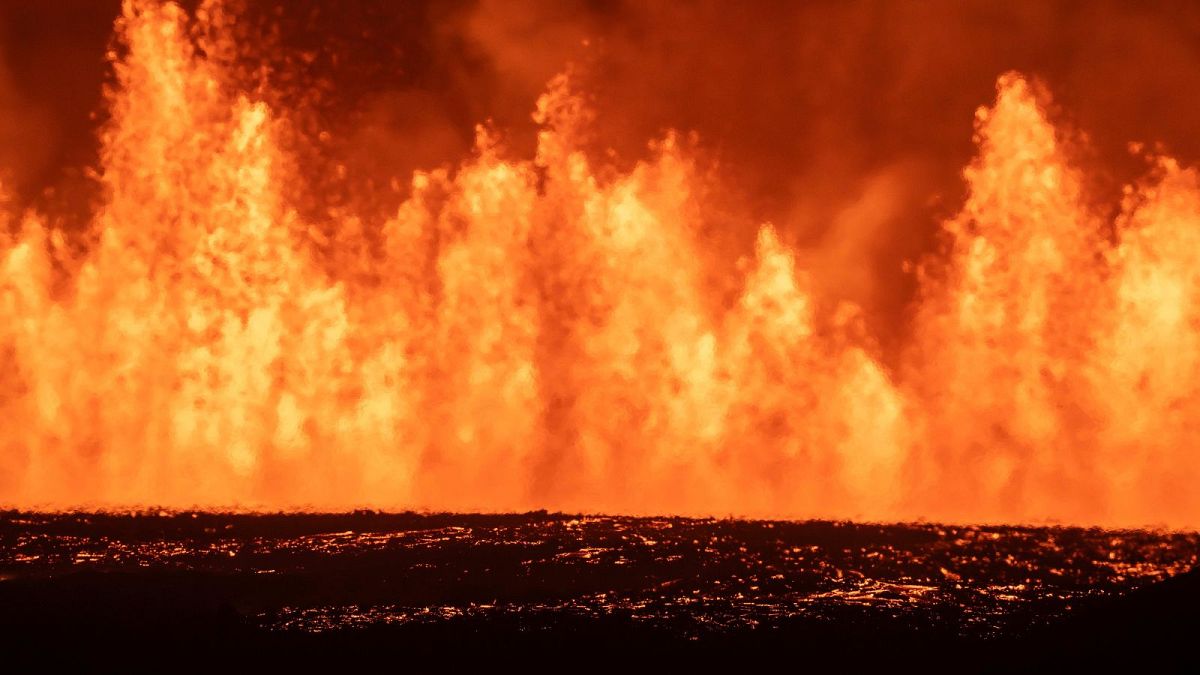Unveiling the Truth: Iceland Volcano 2024 - Travel Safety and Flight Impacts

Iceland's Volcanic Eruption: What You Need to Know
Iceland's Civil Protection and Emergency Management warns that the volcanic eruption near Grindavík is not a tourist attraction and should be observed from a distance.
The eruption began on August 22nd, following a series of earthquakes. A 4-kilometer fissure has formed in the Sundhnúkur crater.
The lava flow is not currently threatening the town of Grindavík, but infrastructure and property have been damaged, and residents have been evacuated.
Keflavik International Airport remains open, despite being just 20 kilometers from the eruption site.
The eruption is occurring near Fagradalsfjall, which erupted in March 2021 after being dormant for 6,000 years.
Icelandic authorities are well-prepared for volcanic events and have one of the world's most effective preparedness measures.
The Blue Lagoon geothermal spa has been evacuated and remains closed.
Travelers are advised to stay away from Grindavík and respect local restrictions.
Iceland is otherwise a safe destination, and Keflavik International Airport is operating normally.
Airlines and holiday companies are operating as normal, and travelers who cancel their bookings have no automatic right to a refund.

